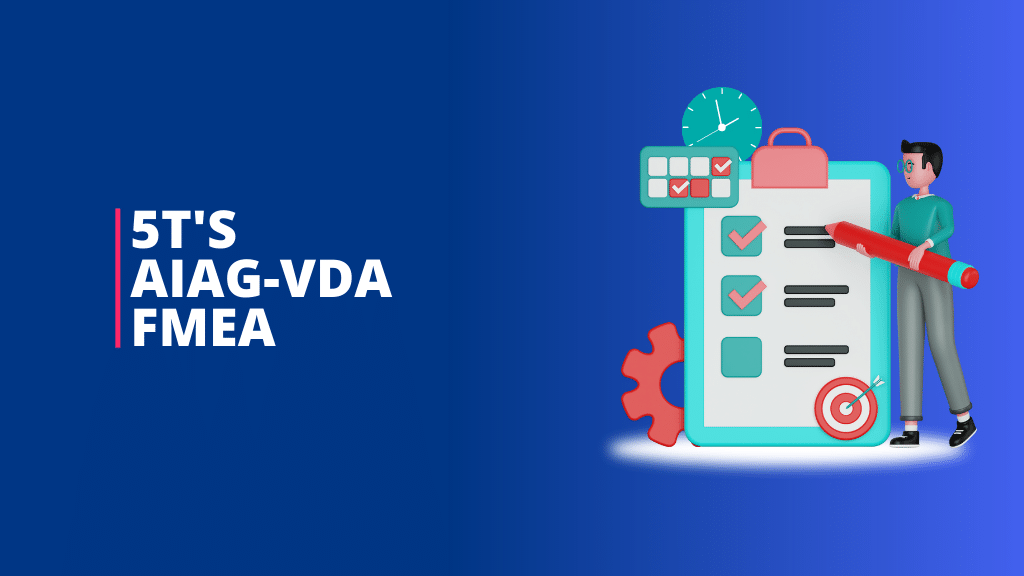Introduction FMEA AP
Hello, The Failure Mode and Effect Analysis (FMEA) is one of the quality core tool in the industry. It will help us to identify the potential risk involved with the Product design and process. Now the FMEA standard is revised from AIAG 4th edition FMEA to New AIAG-VDA 1st edition. There are many differences in both standards. The one of major difference we will see now is risk prioritization i.e., Action Priority in FMEA.

Let’s recap first, how we are going to do the Design-FMEA and Process-FMEA. We are identifying the failure modes their causes and their effects. Then we give the rating based on criteria such as severity(S), Occurrence(O) & detection(D). Then the next step is to prioritize the risk based on the combination of S, O & D.
What are the limitation of RPN risk analysis
There are some limitations of the old methods of RPN analysis. Because in the RPN analysis
S x O x D = RPN
Here all the ratings are equally considered during prioritization. And, the RPN is not only the criteria to prioritize the risk.
Therefore, some other companies have their own criteria such as SxO & OxD and many other combinations they followed.
Concept of Action Priority in AIAG-VDA FMEA
Now the organization should follow the single system to prioritize the risk and that is called the Action Priority(AP). In this concept, AIAG-VDA make around 1000 combinations such as S and O, S and D, O and D.
And identify those combinations with simple visual letters such as L(Low), M(Medium), H(High).
You can refer to the below chart which shows the combination i.e., AP table.

Explain in detail the AP
AP high(H)
The High (H) priority items need to be reviewed by management and the team to identify the recommended action either to reduce the Occurrence (O) and/or Detection(D). Actions will help us to reduce the risk from High to medium/low. If there is no any action suitable to reduce the risk, then justification is required and management can justify whether the current controls are enough for the respective failure and/or cause.
AP medium (M)
The Medium (M) priority items need to review by management and team to identify the recommended action either to reduce the Occurrence (O) and/or Detection(D). If there is no any action suitable to reduce the risk, then justification is require and management can justify the current controls are enough for respective failure and/or cause.
AP low (L)
The Low(L) priority items can review by team to improve the current detection and prevention control.
As per the standard, there is a note
“Note: It may be helpful to include a statement such as ‘No further action is needed’ in the Remarks field as appropriate.” – AIAG-VDA Handbook
Previously there is lot of confusion with RPN treshold criteria. Many OEM’s have their own set of standard for FMEA and Risk Prioritization criteria. And RPN is not realy justifying the actual risk. For that new FMEA Action Priority is introduced in AIAG-VDA FMEA.
It is recommend to do the review of all medium risk in FMEA by the management, and provide the suitable action to reduce the risk from medium to low.
But sometimes there is no possibility to implement the action due to process constraint, cost and management decision. It is advisable to justify the medium risk with appropriate comments and communicate the same risk to customer.






